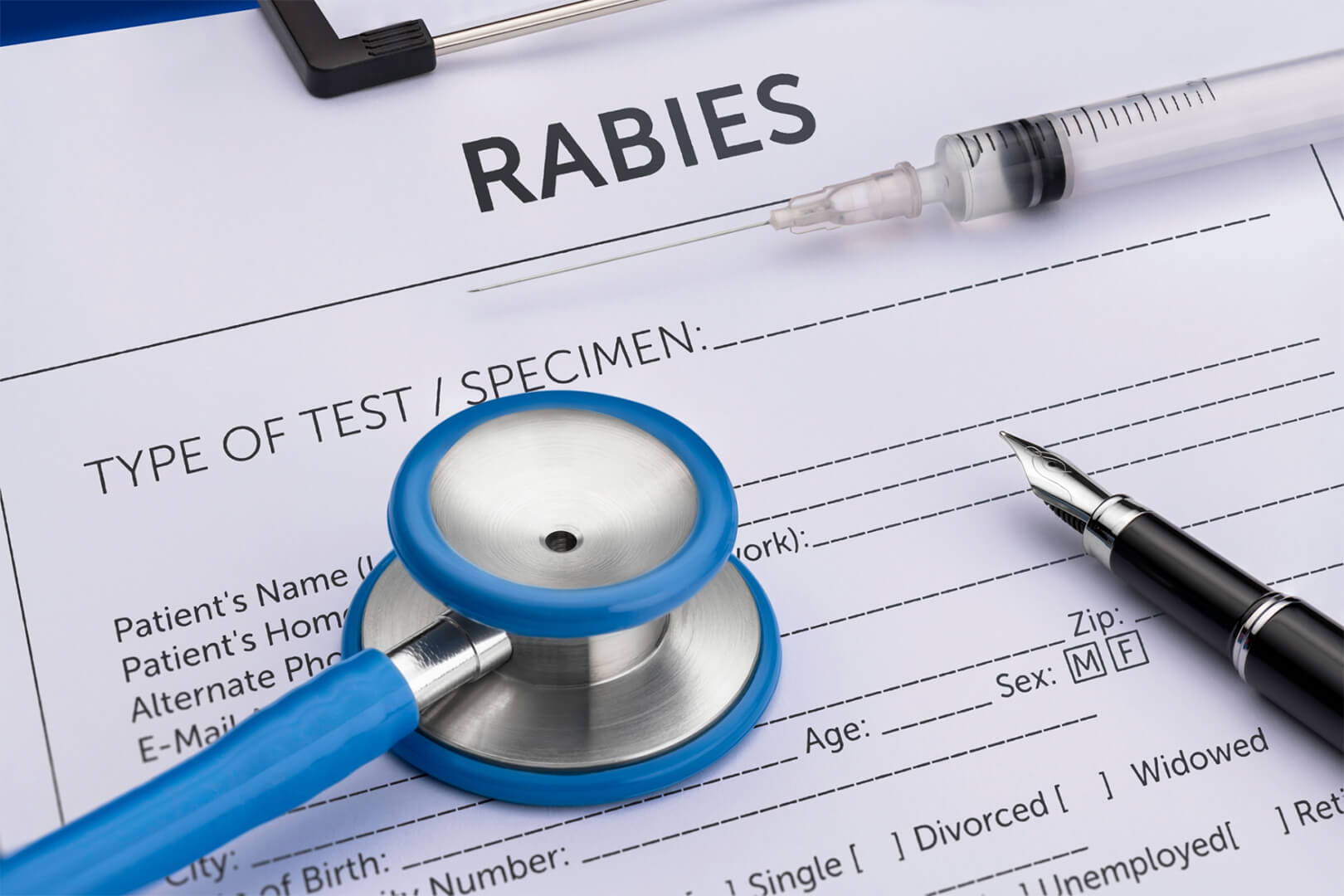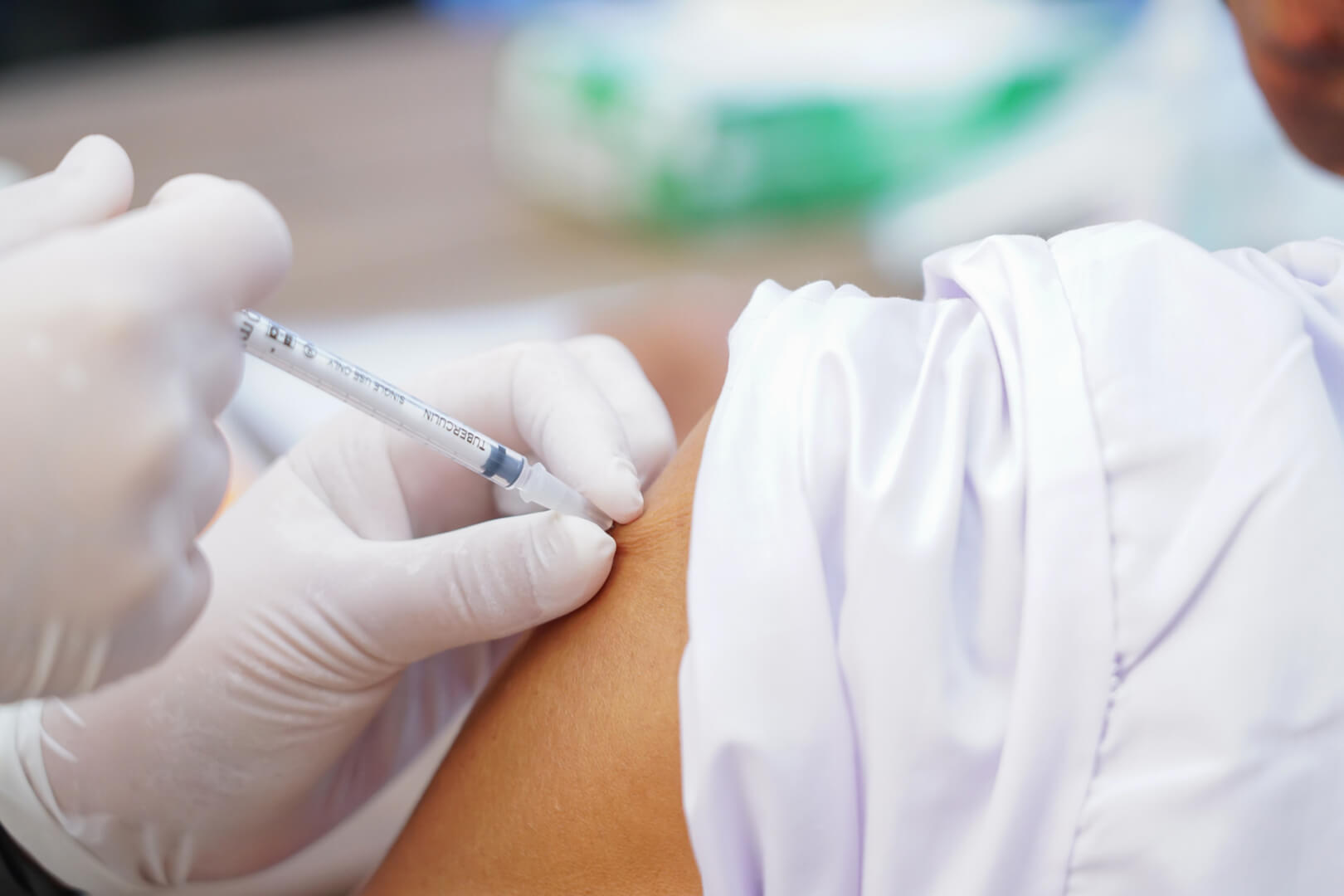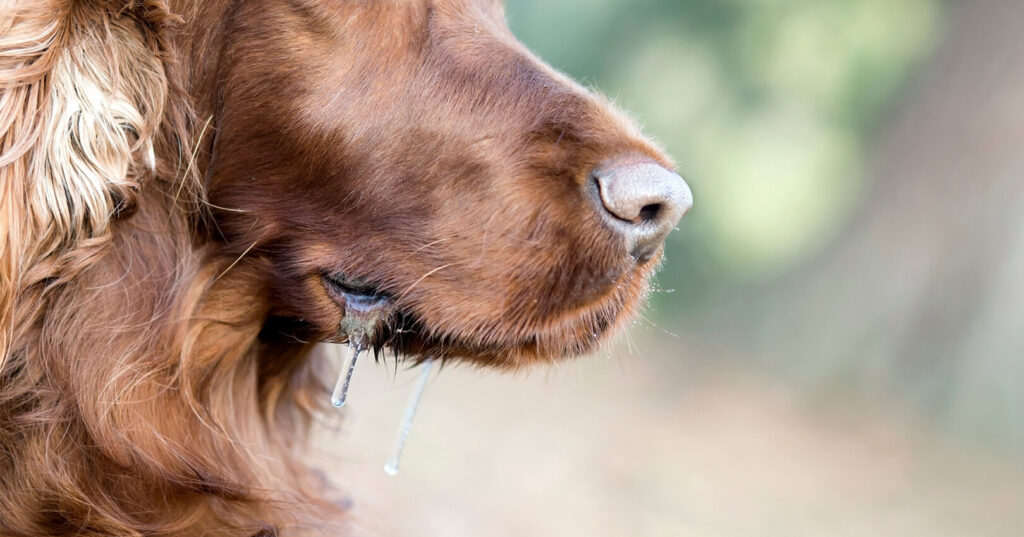Rabies is often a misunderstood threat, carrying severe consequences once its symptoms manifest. It is a fatal viral infection primarily transmitted through the bite or scratch of an infected animal. Present in many parts of the world, this disease poses a risk to both humans and animals. The virus attacks the central nervous system, leading to near-certain death if not promptly treated.
Understanding transmission routes and symptoms is crucial for prevention. Many people associate rabies with aggressive behavior in animals, but there are other warning signs that can help identify an infected animal. These include excessive drooling, difficulty swallowing, and changes in behavior or appetite. It’s essential to recognize these early indicators to avoid exposure and seek medical attention swiftly.
Vaccinations provide a reliable means of defense against rabies. People at increased risk, such as veterinarians, animal handlers, or travelers to certain regions, should consider pre-exposure vaccinations. Post-exposure treatment is also effective if administered before the onset of symptoms. With a vaccine barrier in place, the risk of rabies is significantly mitigated, underscoring the need for awareness and preparedness when it comes to this deadly disease.
CONTENTS
UNDERSTANDING RABIES
Rabies is a viral infection that attacks the nervous system, resulting in severe neurological symptoms. This infection is primarily transmitted through animal bites, posing a significant health risk across many regions worldwide.

DEFINING RABIES
Rabies is a fatal viral infection that specifically targets the central nervous system. The virus responsible for this disease is known as the rabies virus (RABV), which belongs to the Lyssavirus genus. Once the virus enters the body, typically through a bite, it travels to the brain via peripheral nerves. Symptoms can manifest as seizures, hallucinations, and paralysis. Immediate action, such as post-exposure prophylaxis, is crucial to prevent the onset of symptoms, as untreated rabies almost invariably leads to death.
TRANSMISSION MODES
Rabies is commonly spread through bites from infected animals. In most cases, domestic dogs are the primary source of transmission to humans. Other animals, such as bats, raccoons, and foxes, can also be carriers. The virus is present in the saliva of infected animals, making direct contact with open wounds or mucous membranes another potential means of transmission. Human-to-human transmission is extremely rare but possible in cases like organ transplants from an infected donor. Understanding these modes helps to implement effective prevention strategies, such as vaccination and animal control.
GLOBAL EPIDEMIOLOGY
Rabies remains a significant public health issue in many parts of the world, particularly in Asia and Africa. These regions report the highest incidence of rabies-related deaths, often due to inadequate access to healthcare and vaccination programs. According to the World Health Organization, tens of thousands of people die from rabies every year. Efforts to control the disease often focus on vaccinating domestic animals and educating communities about the dangers and prevention of rabies. Despite these challenges, regions with comprehensive vaccination programs and awareness campaigns, like certain parts of North America and Europe, have drastically reduced or eliminated rabies cases.
CLINICAL MANIFESTATION
Rabies presents with distinct symptoms in both humans and animals, characterized by neurological changes. The incubation period varies, influencing when symptoms appear. Understanding these aspects is crucial for early detection and treatment.

SYMPTOMS IN HUMANS
In humans, the onset of rabies initially resembles flu-like symptoms, such as fever or weakness. As the disease progresses, more severe signs appear, including confusion, anxiety, and hallucinations. Neurological symptoms develop, such as seizures and paralysis. Patients may experience hydrophobia, a fear of water, and aerophobia, a fear of drafts or fresh air. Muscle spasms are common, and once acute symptoms manifest, the disease almost always leads to death if not treated promptly with post-exposure prophylaxis.
SYMPTOMS IN ANIMALS
Animals show distinctive behavioral changes when infected with rabies. There are two forms in which rabies may manifest: furious and paralytic. In the furious form, animals become aggressive, restless, and unpredictable. Conversely, the paralytic form causes lethargy and eventual paralysis, beginning at the site of the bite. Common signs include excessive salivation, difficulty swallowing, and coordination loss. Wild animals may show a lack of fear towards humans. These behavioral changes serve as a warning for potential rabies infection.
INCUBATION PERIOD
The rabies virus has an incubation period ranging from several days to months. This phase depends on factors such as the location of the bite, virus load introduced, and the host’s immune response. In humans, the period typically spans from one to three months but can be shorter or last longer in rare cases. In animals, the incubation period is similar, often shorter due to their smaller size and proximity of bites to the nervous system. Timely detection during this period is critical as it allows for effective post-exposure treatment, which can prevent the onset of symptoms and progression of the disease.
DIAGNOSIS AND DETECTION
Rabies diagnosis requires precise methods to accurately detect the presence of the virus. Key techniques involve laboratory testing and addressing diagnostic challenges. These components offer insights into how rabies can be identified promptly and effectively.

LABORATORY TESTS
Detection of rabies predominantly involves a series of laboratory tests designed to confirm the presence of the rabies virus. One of the most widely used tests is the fluorescent antibody test (FAT), which detects viral antigens in brain tissue of suspect animals. This test is considered a gold standard in rabies diagnosis due to its accuracy and reliability.
In humans, rabies diagnosis might utilize a skin biopsy where the rabies antigen can be identified in cutaneous nerves at the base of hair follicles. Other methods include saliva, serum, and cerebrospinal fluid tests. Polymerase chain reaction (PCR) technology is also employed to identify viral RNA, enhancing diagnostic capabilities.
DIAGNOSTIC CHALLENGES
Diagnosing rabies presents several challenges, partly due to its diverse and non-specific early symptoms. These symptoms mimic other illnesses, complicating early detection. Moreover, rabies diagnosis often requires invasive procedures, such as brain biopsies in animals, which are not always feasible.
Additionally, there is no definitive test to predict whether an infected person will develop symptoms during the incubation period. This adds complexity to handling potential cases. In animals, observing for clinical signs over a period remains standard, especially for common vectors like dogs, cats, and ferrets. Such challenges highlight the crucial need for efficient and accurate testing methods.
TREATMENT AND PREVENTION
Addressing rabies involves timely intervention with post-exposure prophylaxis (PEP), adherence to precise vaccination protocols, and active community education. These measures can prevent the development of symptoms and control the spread of rabies effectively.

POST-EXPOSURE PROPHYLAXIS
Post-exposure prophylaxis (PEP) is critical for anyone potentially exposed to rabies. Immediate action is crucial. The first step is thorough washing of the wound with soap and water. This simple yet effective method reduces the risk of infection.
Following cleansing, a series of rabies vaccinations is administered. These vaccines are time-sensitive and are typically given on days 0, 3, 7, and 14 after exposure. Rabies vaccines are highly effective if administered before symptoms appear. Additionally, a rabies immune globulin may be provided for immediate passive immunization. This helps to neutralize the virus until the body produces its own antibodies.
VACCINATION PROTOCOLS
Vaccination plays a pivotal role in preventing rabies. For domestic animals, such as dogs and cats, routine rabies vaccinations are essential. The American Veterinary Medical Association emphasizes regular immunizations to maintain herd immunity. Vaccines are typically administered through veterinarians.
Human rabies vaccines are available for those at higher risk. Rabies laboratories, veterinarians, and travelers to endemic regions are advised to receive pre-exposure immunization. The vaccination involves a series of doses delivered over a specific timeline to ensure effectiveness. Proper scheduling and adherence to dosage requirements are key to long-term protection.
COMMUNITY EDUCATION
Education is a cornerstone in rabies prevention. Community initiatives focus on teaching individuals how to avoid encounters with potentially rabid animals. The CDC advises maintaining a safe distance from wildlife and reporting injured animals to authorities.
Awareness campaigns often include information on recognizing rabies symptoms and understanding the importance of vaccinations. Schools and local organizations play a role in spreading this information, often collaborating with public health authorities. By fostering informed communities, the risk of rabies transmission is significantly reduced, contributing to safer environments for humans and animals alike.
RABIES IN WILDLIFE
Rabies is a significant concern in wildlife species, serving as important hosts for the virus and impacting natural ecosystems. Understanding these aspects provides a clearer picture of rabies’ role in nature and its broader implications.

RESERVOIR SPECIES
Wild animals such as bats, raccoons, foxes, and skunks are primary reservoirs of the rabies virus. These species often carry the virus without showing immediate symptoms, serving as a critical link in the transmission chain. Infected wildlife is responsible for the majority of rabies cases in humans, especially in regions with effective domestic animal vaccination programs.
Infection in these animals is typically spread through bites, which pass the virus via saliva. Bats, in particular, are a known carrier of rabies and are found in various habitats, from urban areas to dense forests. Monitoring these animals can help control the spread of rabies and protect both humans and pets from accidental exposure.
IMPACT ON ECOSYSTEMS
Rabies has ecological consequences, altering population dynamics among predators and prey. Infected predators, unable to hunt efficiently due to neurological impairments, may become easy targets for other animals, which in turn affects the predator-prey balance.
Transmission in wildlife leads to the decline of certain species in affected areas. This can create shifts in the ecosystem structure. For instance, a reduction in predator population may lead to an increase in smaller mammals or herbivores, thus impacting vegetation and overall biodiversity. Additionally, rabies outbreaks in wild populations can influence human-wildlife interactions, as infected animals may venture into populated areas in search of food or water.

